
When companies merge or acquire other businesses, rebranding can be essential to unify the new entity under a single, cohesive brand. It helps in presenting a united front to customers, investors, and employees.
Unfortunately, brands sometimes encounter scandals or negative publicity. A rebrand can help distance the company from past issues and signal a new beginning.
To better understand the power of rebranding, let’s look at some companies that nailed it.

Remember the old Apple logo with the rainbow stripes? It was iconic, but as the company evolved, so did its branding. Apple’s shift to the sleek, monochromatic logo we know today signaled a new era of innovation and sophistication. This change wasn’t just about aesthetics; it aligned with Apple’s move towards creating premium, high-tech products.
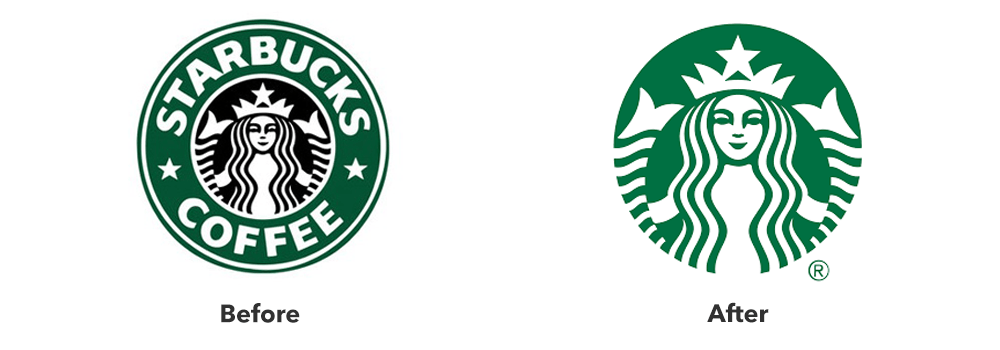
Starbucks has also successfully rebranded several times. One of the most notable changes was in 2011 when they dropped the word “Coffee” from their logo. This was a strategic move to show that Starbucks was more than just a coffee shop; it was a global brand offering a variety of products.

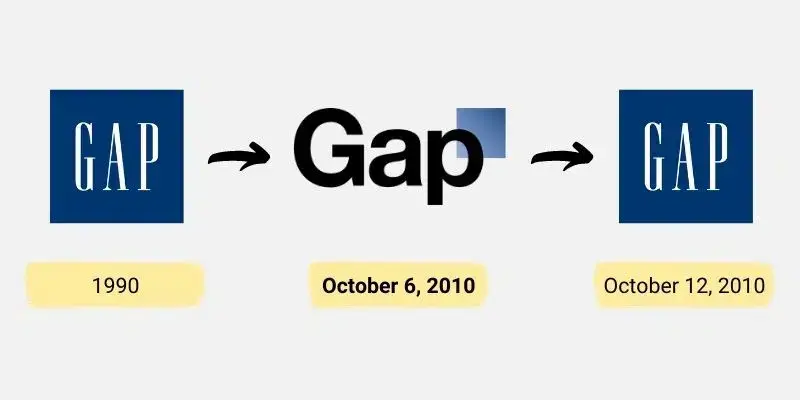
In 2010, Gap changed its iconic logo to a more modern design. The backlash was immediate and severe, with customers criticizing the new look. The outcry was so intense that Gap reverted to its original logo within a week.
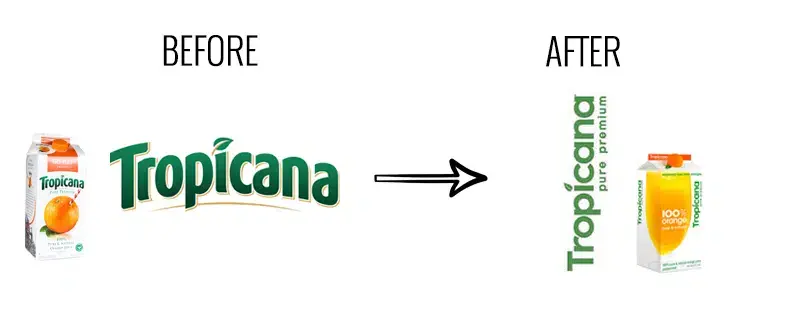
Tropicana’s 2009 rebranding of its orange juice packaging was another disaster. The new design was so bland and unrecognizable that sales dropped by 20% in just two months. Tropicana quickly went back to its original packaging.
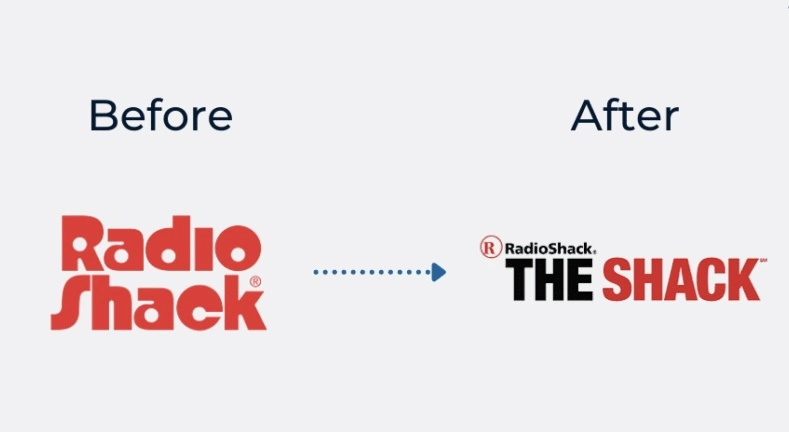
RadioShack tried to rebrand itself as “The Shack” in 2009. The move was confusing and failed to attract a new audience or retain its existing customer base. The rebranding didn’t address the fundamental issues facing the company, and RadioShack eventually filed for bankruptcy.
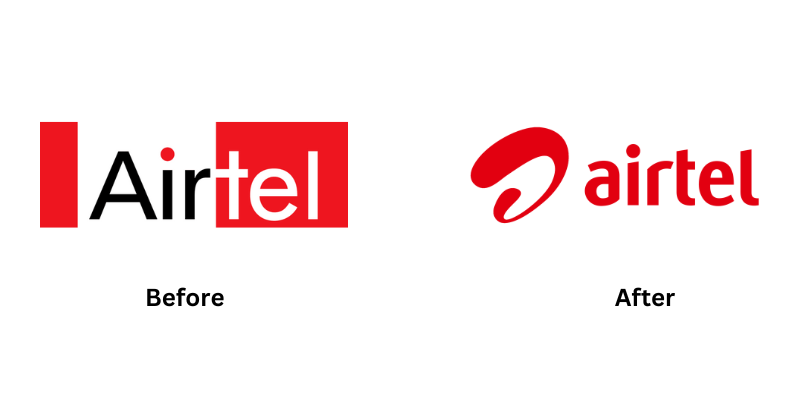
Airtel underwent a significant rebranding in 2010, changing its logo and launching a new campaign to reflect its global ambitions. The new look was modern and dynamic, helping Airtel solidify its position as a leading telecom provider in India.

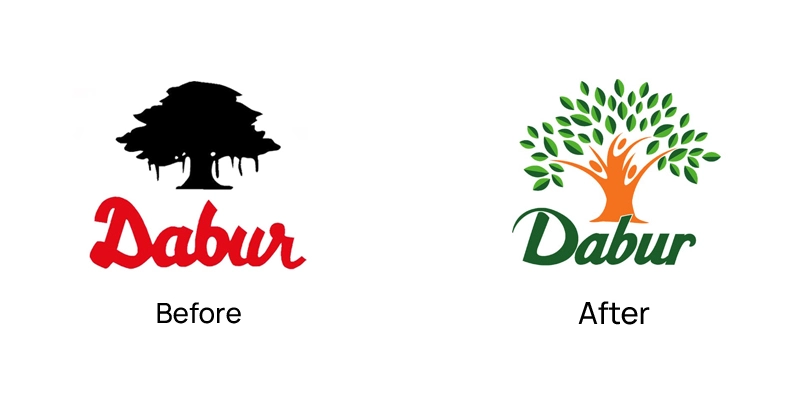
So, how do you know if it’s time to rebrand? Here are some signs to watch out for:
If your brand looks like it’s stuck in a time warp, it might be time for a change. An outdated brand can make your company seem irrelevant and out of touch.
As your business grows, your target audience might evolve. If your branding no longer resonates with your core customers, a rebrand can help bridge that gap.
If your brand blends in with the competition, it’s hard to make an impact. Rebranding can help you differentiate yourself and highlight what makes you unique.
If you’ve changed your business model, introduced new products, or entered new markets, your old branding might not align with your new direction. A rebrand can help communicate these changes to your audience.
If your brand has been associated with negative events or scandals, rebranding can help you start fresh and rebuild your reputation.
Rebranding isn’t just about changing your logo or tagline. It’s a comprehensive process that involves several steps. Here’s a quick overview:
Before making any changes, conduct thorough research. Understand your current brand perception, analyze your competitors, and identify your target audience. This information will guide your rebranding strategy.
Based on your research, define your new brand strategy. This should include your brand’s mission, vision, values, and positioning. Make sure it aligns with your business goals and resonates with your target audience.
This is where the creative part comes in. Work with designers to create a new logo, color scheme, typography, and other visual elements. Your new visual identity should reflect your brand strategy and appeal to your audience.
Rebranding isn’t just about visuals; it’s also about messaging. Update your tagline, website copy, marketing materials, and other communications to align with your new brand strategy.
Once everything is ready, it’s time to launch your new brand. Plan a launch campaign to promote your rebranding and generate excitement. This can include press releases, social media announcements, and email marketing.
After the launch, monitor the response to your rebrand. Gather feedback from customers and stakeholders, and be prepared to make adjustments if needed. Rebranding is an ongoing process, and it’s important to stay flexible.
Skipping the research phase is a recipe for disaster. Without a clear understanding of your brand’s current perception and your target audience’s needs, your rebranding efforts might miss the mark.
Rebranding isn’t just about what the leadership team wants. It’s important to involve employees, customers, and other stakeholders in the process. Their input can provide valuable insights and help ensure buy-in.
While it’s tempting to go all out with a flashy new design, sometimes simplicity is key. Overcomplicating your brand identity can lead to confusion and dilute your brand message.
Rebranding is more than just a cosmetic change. It should reflect a deeper shift in your brand strategy. Don’t forget to address the fundamental aspects of your brand, such as your mission, values, and positioning.
Timing is crucial when it comes to rebranding. Launching a rebrand during a crisis or major transition can backfire. Make sure the timing is right and that you have the resources to support the rebranding process.
Rebranding can be a powerful tool for revitalising your business and staying competitive in a constantly changing market. Whether you’re looking to stay relevant, reflect a change in strategy, overcome negative associations, or simply stand out from the competition, a well-executed rebrand can make all the difference.